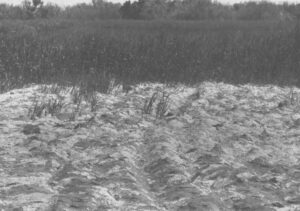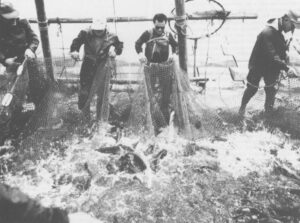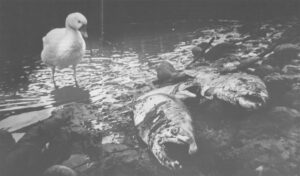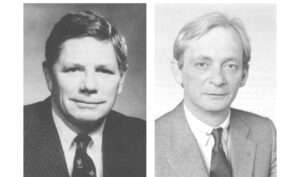
Hard Rows: The Amazon after Chico Mendes
SERINGAL CACHOEIRA, BRAZIL–It doesn’t look much like a battlefield. A huddle of wooden huts raised on stilts crowns a grassy knoll. Tidy dirt paths stitch the way between the houses. Lush orange trees dot the hill, throwing deep shadows, and at the crest, a pair




